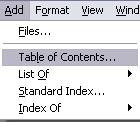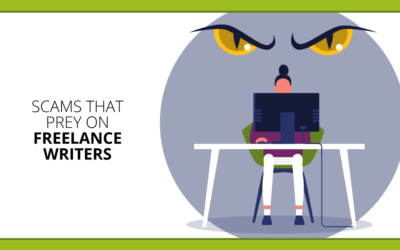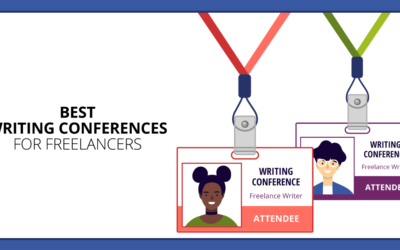
Wow, am I thrilled to be saying that! What a slog it’s been, trying to get this material written and organized inbetween all my regular writing assignments and all that other life stuff that happens when you have a family with three kids.
But I’m pleased to say the e-book table of contents is ready for review. I invite MALW blog readers to take a look at the table of contents this week and leave comments about any topics they don’t see being covered in the book that they’d like to see me add.
Please keep in mind this e-book is intended mostly for new or low-earning writers looking to learn how to break in and start earning well. I’m planning a sequel with more advanced tactics for moving up to higher-paying writing work, so if I think a topic doesn’t belong in this e-book, it may end up in the sequel.
Today, I’m sharing the table for the introduction and part one, which is all about breaking into writing for publications, either print or online. Later this week, I’ll share parts two and three, which are on copywriting and earning from your blog.
Appreciate your feedback, readers! And hope to have the book ready for purchase soon.
Make a Living Writing: The 21st Century Guide
By Carol Tice
TABLE OF CONTENTS:
Introduction-
Let’s Get Started
Who am I to give advice?
Freelance writing today
Myths about getting published
Three ways to make good money from writing
What’s your goal?
Watch for unexpected opportunities
The 7 Habits of Successful New Freelance Writers
PART I: Writing for Publications
Get Ready to Write
LOOK IN: What do you know?
Choose a focus
Finding the time
LOOK OUT: 7 Steps to Your First Paid Writing Assignments
1. Identify your writing type
2. Find your rung on the ladder
3. Start marketing your writing
A baker’s dozen ways to look for writing work
Research and The Writer’s Market
4. Use social media to build your writing career
Social media do’s and don’ts
5. Find places to get your first few clips
All about writing for Internet content sites
Six problems with content-mill writing
6. Find editors to pitch
7. Create your pitching toolkit
Your resume
Your bio
Your Web site
Three reasons to organize your clips on your own site
What if I don’t have a Web site?
Your blog
Your in-person pitch
Get Set to Pitch
Finding and developing story ideas
Evergreen article ideas
Submitting unsolicited, completed articles
Preparing your query letter in three easy steps
Step one: Know your publication
Writer’s guidelines and editorial calendars
A look at an editor’s life
Step two: Define an angle
Step three: Match your pitch to the right publication
Online articles vs print articles
In the back door: Online articles for print magazines
Crafting your pitch
Two foolproof approaches to writing queries
Query don’ts
Case study: Pitching Kiwanis
Send the most queries in the shortest time
Three ways to pitch editors
1. Pitching via email
Don’t help your editor rip you off!
2. Pitching on the phone
Sample script for a phone pitch
How to leave a voicemail for an editor
3. Pitching via snail mail
Should you nag that editor about your query?
Go: Writing your first assignments
What to know before you start writing
What determines writer pay?
Finding sources and interviewing
Twelve interview tips
How to find facts for your article-fast
Timesaving tips for fast article writing
Seven tips to beat writer’s block
Making your article great
Getting paid
Final thoughts on writing for publications









